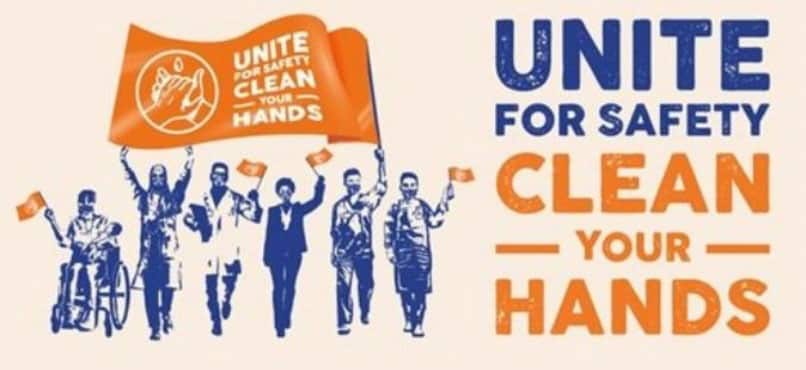Every year, the World Health Organization (WHO) promotes, on May 5, the World Hand Hygiene Day, to emphasize the importance of this simple yet essential act in preventing transmissible infections, especially in hospital and care settings. Promoting hand hygiene and infection prevention and control translates into better protection and safety for patients and healthcare workers.
At NefroCenter, we are extremely attentive to hand hygiene for our patients and healthcare workers. Here are the recommendations from the Ministry of Health:
Hand hygiene is, in fact, essential to address three major challenges for public health in our time:
- reducing the circulation of viruses and bacteria
- preventing healthcare-associated infections (HAIs)
- combating the phenomenon of antibiotic resistance.
How to Sanitize your Hands
Proper hand hygiene prevents the transmission of microorganisms responsible for many infectious diseases, from common ones like the flu and cold to more severe ones like healthcare-associated infections. In particular, during the SARS-CoV-2 epidemic emergency, hand hygiene became crucial to avoid contact transmission and the potential spread and transmission of the new coronavirus.
For hand hygiene, regular soap is sufficient. In the absence of water, you can use so-called hand sanitizers (hand sanitizers), alcohol-based.
If using soap, it is important to rub your hands for at least 40-60 seconds.
If soap is not available, use an alcohol-based solution, rubbing the palms and backs of the hands, fingers, and nails, for at least 20-30 seconds.
Products available on the market for hand disinfection in the absence of water and soap (authorized medical-surgical aids and biocides with microbicidal action) should be used when hands are dry, otherwise, they may not be effective.
It is important to sanitize your hands:
Before
- taking medication or administering medication to others
- touching your eyes/nose/mouth (e.g., smoking, using contact lenses, brushing teeth, etc.)
- eating.
Before and after
- using the restroom
- touching a sick person
- dressing or touching a wound
- changing a child’s diaper
- touching an animal
- handling food, especially if raw.
After
- visiting public places (shops, clinics, stations, gyms, schools, cinemas, buses, offices, etc.) and, in general, as soon as you return home
- handling garbage
- handling money.
It is also a good habit to cough/sneeze into the elbow crease to avoid contaminating the hands, which can carry your microorganisms by touching, for example, a cell phone, a door handle, etc.
It is recommended to use disposable tissues to blow your nose, preferably eco-friendly, dispose of them in the trash, and wash your hands immediately after use.
Hand Hygiene in Care Settings
Hand hygiene plays a fundamental role in our health and that of others, even in care settings. Healthcare-associated infections (HAIs) are a global problem affecting about 7-10% of patients, depending on the country. In Italy, it is estimated that 5-8% of hospitalized patients acquire a hospital infection (source
In all care or treatment locations (point of care), it is important to wash hands with water and soap or sanitize them with an alcohol-based solution.
At the Point of care (POC):
- three elements meet: the patient, the healthcare worker, and the care or therapeutic treatment, which involves contact with the patient or the surrounding environment
- hand hygiene must be performed at the 5 moments indicated by the WHO, during which care or treatment is provided
- hand hygiene products (e.g., alcohol-based solutions, water and soap, towels, or preferably disposable paper towels) must be easily accessible and as close as possible to the POC, to allow leaving the patient area with sanitized hands.
In the race to meet the deadlines for achieving the Sustainable Development Goals (Sustainable Development Goals, SDG) or Agenda 2030, the WHO declared 2021 the “Year of Health Professionals” in recognition of the value and special contribution of these professional figures to public health in the context of the SARS-CoV-2 pandemic.

